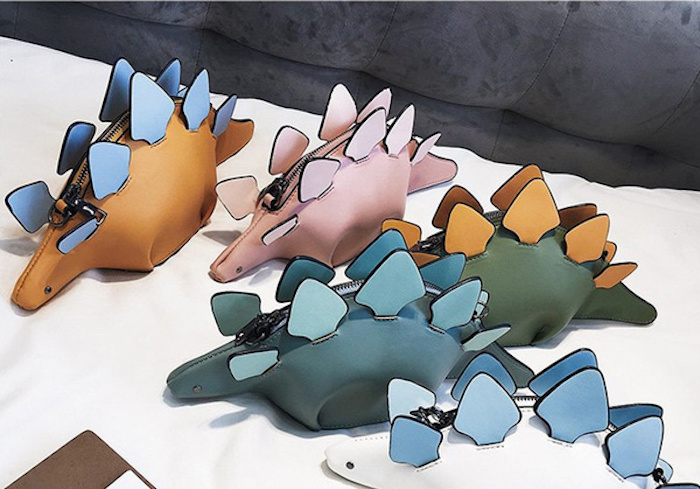Is dropshipping the new greenwashing?
What do dropshipping and greenwashing have in common?
Have you noticed how sustainable fashion is is the spotlight right now? Between every fashion brand launching their conscious collection and countless sustainable brands popping up, it feels like everyone want a piece of the pie.
I hate to be the bearer of bad news, but while it may seem like a good thing, most of it is just greenwashing. Today, I’m not going to talk about fast fashion brands trying to look like they are becoming sustainable. Instead, I want to talk about another trend that I find sneakier and that is on the rise: dropshipping businesses that make eco claims.
The first time I really became aware of this practice was after I saw a custom ad on Instagram. It showed the exact same dinosaur shaped bag I had purchased on Aliexpress years ago. For some reason I clicked on it. To my big surprise, I landed on the insta page of what looked like a Belgian brand that claimed to sell vegan bags. It also said they donate a percentage of their profits for animal rights. It almost looked legit!
First things first… what is dropshipping?
Dropshipping is a business method where a consumer can place an order with an online seller, but the product’s manufacturer or wholesaler is the one who ships the order directly to the customer.
So, what’s wrong with that? Actually, the method itself isn’t necessarily bad. For example, some multi-brand online stores function like that. But most of the time, the sellers offer cheap Chinese goods that are produced under unethical conditions, which they sell for a huge profit. And because sustainability is so trendy right now, looking like a green company is one of the easiest ways for them to market themselves. The problem lies in the fact that these dropshipping businesses try to look like something they’re not: a sustainable brand. By doing so, not only do they fool customers into believing they bought something eco-friendly and ethical. They also create unfair competition by stealing customers away from small businesses that put time, money and effort into their designs, had to research ethical suppliers, had to make prototypes and so much more. Not cool.
So how do you spot a not-so-green dropshipping business?
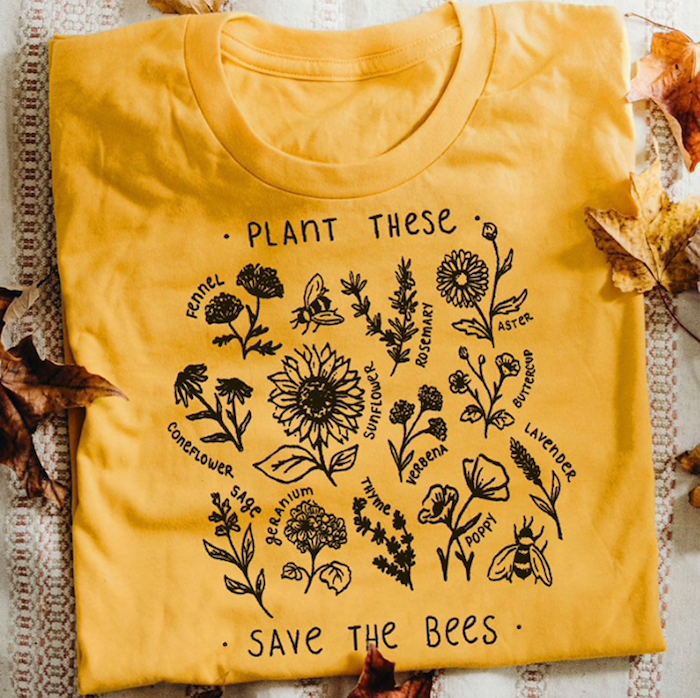
1- What dropshipping businesses sell
They often sell message tees and hoodies, vegan bags, costume jewelry or reusables. I suspect it’s because those are cheap and they are less likely to be returned for sizing issues than shoes or jeans. Told ya! They don’t ship themselves, so handling returns is a bit of a pain. I’ve also seen basic underwear and swimwear, but that’s a lot less common. But hey, you never know!
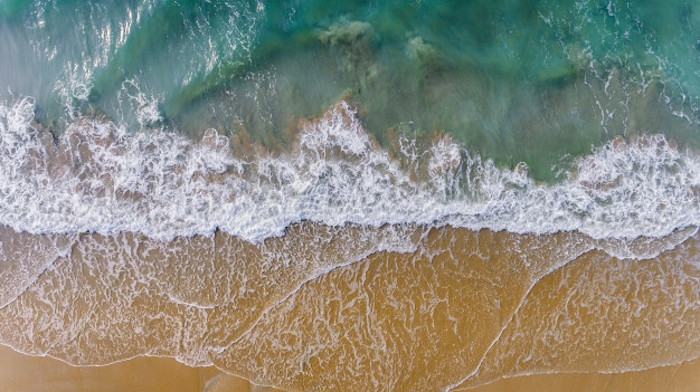
2 – Everything about them will feel generic.
They will be on social media and they will use the most instagrammable nature aesthetics to promote their brand. Think sea turtles, polar bears, whales but also waves crashing on the beach, foggy forest landscapes and majestic mountain lakes. Along with the most generic eco-friendly slogans such as “Save the bees” or “There is no planet B”. They will however make no real claims or give in depth information. In between those posts, you might find products posts. But not always.
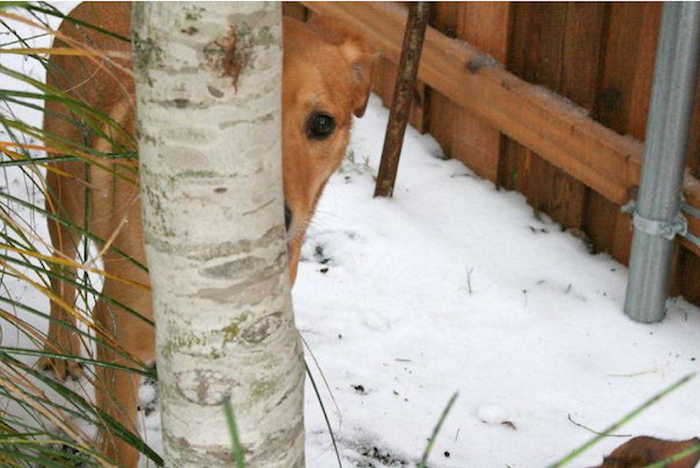
3 – Who they are
You won’t learn much about who they are, their story or about what they do. Or how they do it. On a dropshipping website, there will be a pretty impersonal about page, which again, will feel generic. They will be evasive about how the stuff they sell is made. In comparison, people who have their own brand or their store are proud of it. They are eager to introduce themselves, tell the story of their business and share their values. They are transparent about their supply chain, their business practices and the materials they use, because guess what? When you use sustainable materials and are sweatshop-free, it’s a selling point.
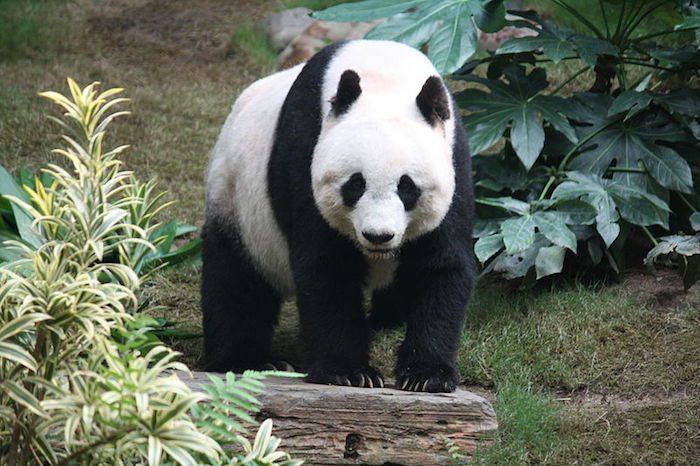
4 – The charities
They will often claim to donate a percentage of their profit to NGOs and charities, because it makes them look good, but they won’t tell which ones. That way we can’t check!
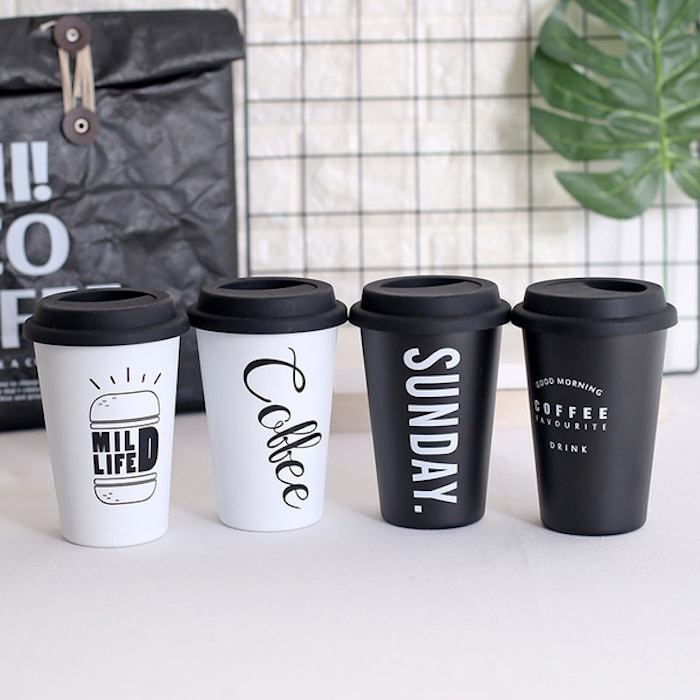
5 – Reverse image search baby
You can reverse image search what they’re selling. Dropshippers rarely take their own product pictures because they never physically handle them. That search will often take you to websites like Wish, Aliexpress or eBay, where the same product will be available for a lot less. However, it is becoming common for them to have their own stock and take pictures themselves. This tip alone won’t be enough.

6 – Dropshipping means it’s not their products
Last but not least, sometimes it can be a little tricky to tell the difference between a scammy dropshipping operation and a simple multi-brand website. The drop shipper will make it look like the design is theirs and they will sell it for way more than it’s actually worth. Worse, they might even be selling counterfeight luxury goods! On the other hand, a multi-brand store will display the brands and sell the items for about the same price. The last little detail that can give them away is that goods that are truly sustainable are usually branded, especially clothing and accessories.
I hope you will find those tips useful. If a brand displays several of those signs, you should be suspicious. But remember, if you have any doubts you can always reach out to the brands you are considering shopping from and ask amore about them. Another thing you can encounter is cheap fast-fashion clothes being sold for a profit via second-hand platforms and being labeled as vintage or independent label. Just be careful! Also, please note all the images I used are from google images, not from dropshipping websites.

